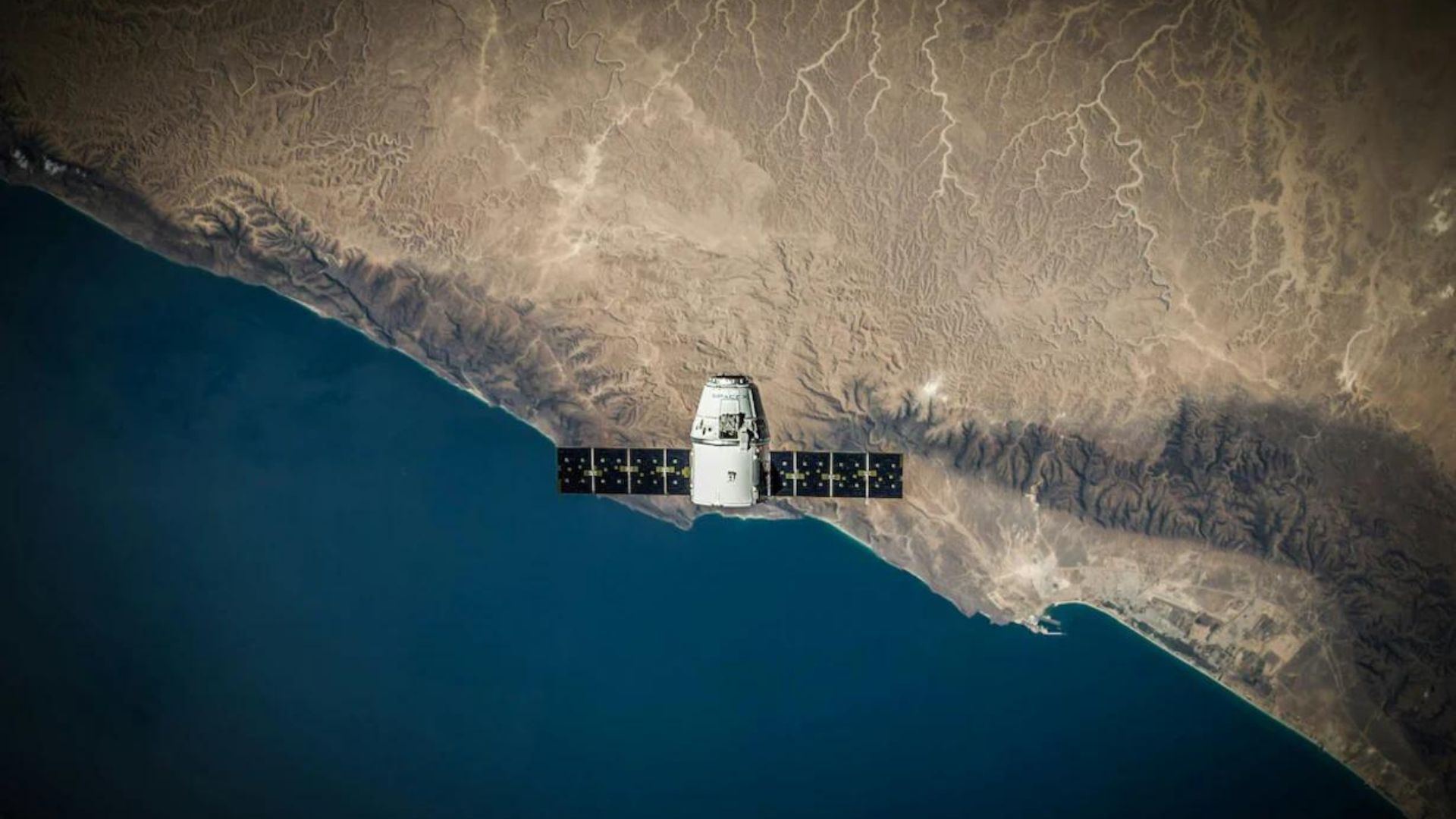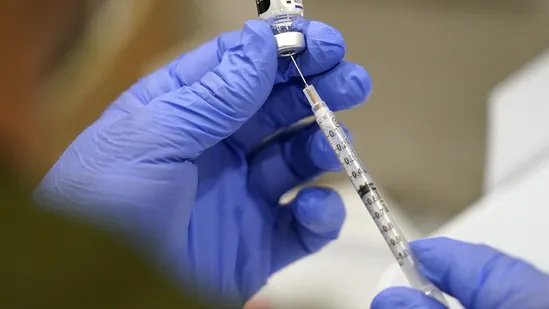Elon Musk’s new generation of Starlink satellites is raising alarms among Dutch scientists, who claim these satellites, though delivering fast internet globally, are causing significant interference for astronomers. According to researchers at the Netherlands Institute for Radio Astronomy (ASTRON), the thousands of Starlink satellites orbiting the Earth are “blinding” radio telescopes, which may disrupt vital astronomical research.
These telescopes rely on radio waves to study the universe, but the interference from the satellites is making the collection of clean data more challenging.
While Starlink provides broadband internet to remote areas worldwide, including regions like Ukraine, Yemen, and rural UK, scientists warn that this convenience comes at the cost of important research. The Department for Digital, Culture, Media, and Sport reported that in 2022, tests revealed Starlink could deliver internet speeds four times faster than average.
Cees Bassa, lead author of the study and a researcher at ASTRON, states, “With LOFAR (Low Frequency Array), we have started a program to monitor unintended emissions from satellite constellations, and our observations show that the second-generation Starlink satellites emit stronger emissions and over a broader range of radio frequencies than their first-generation counterparts.”
According to ASTRON’s findings, the newer Starlink satellites produce up to 32 times more unintended radio emissions, exceeding internationally regulated interference thresholds for intentional emissions and even more relaxed terrestrial standards.
Bassa highlights, “Compared to the faintest astrophysical sources observed with LOFAR, UEMR from Starlink satellites is 10 million times brighter—similar to the difference between the faintest stars visible to the naked eye and the brightness of the full moon. With SpaceX launching about 40 second-generation Starlink satellites weekly, the issue is worsening.”
Federico Di Vruno from the SKA Observatory stresses the need for action, stating, “Humanity is approaching a point where we must preserve our sky for exploration. Satellite companies don’t want to produce this unintended radiation, so minimizing it should be a priority for their sustainable space policies.” He also pointed out that Starlink could set a standard for the industry.
The study underscores the importance of collaboration between satellite companies, regulatory bodies, and the astronomical community to mitigate the growing threat these unintended radio emissions pose to astronomical research.























